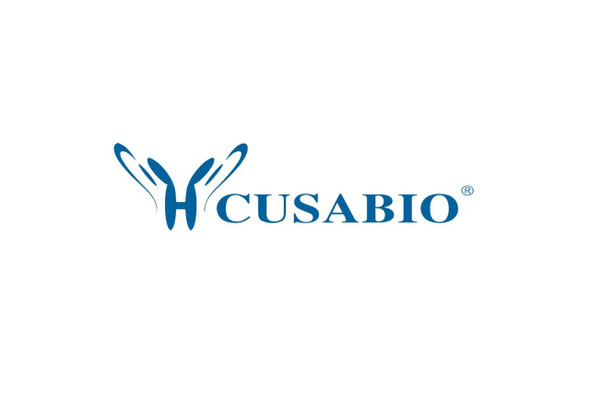Cusabio Mouse Recombinants
Recombinant Mouse Immunoglobulin superfamily member 2 (Cd101), partial | CSB-EP423295MO
- SKU:
- CSB-EP423295MO
- Availability:
- 13 - 23 Working Days
Description
Recombinant Mouse Immunoglobulin superfamily member 2 (Cd101), partial | CSB-EP423295MO | Cusabio
Alternative Name(s): Glu-Trp-Ile EWI motif-containing protein 101 (EWI-101) (CD_antigen: CD101) (Igsf2)
Gene Names: Cd101
Research Areas: Immunology
Organism: Mus musculus (Mouse)
AA Sequence: REVKIQEGPLYRAEGYPVSIRCTVSGHQGPSTQDFRWSIYLPSAPTKEVQIISTKDAGFSYAVYAQRVQSKEIYIERLQGDSVLLHISKLQMKDAGEYECHTPNTDGKYFGSYSAKTNLTVVPDTLSATMPSQTLSKKEGEPLELTCETTKATVQHTHLSLTWYLMQEGGGSQATEIVSLSKDFVLTPGSSYADRFVAGDVRLDKLGATSFRLSVGKLQPSDQGQVFCEATEWIQDPDETWTLIT
Source: E.coli
Tag Info: N-terminal 6xHis-tagged
Expression Region: 22-266aa
Sequence Info: Partial
MW: 31.2 kDa
Purity: Greater than 85% as determined by SDS-PAGE.
Relevance: Plays a role as inhibitor of T-cells proliferation induced by CD3. Inhibits expression of IL2RA on activated T-cells and secretion of IL2. Inhibits tyrosine kinases that are required for IL2 production and cellular proliferation. Inhibits phospholipase C-gamma-1/PLCG1 phosphorylation and subsequent CD3-induced changes in intracellular free calcium. Prevents nuclear translocation of nuclear factor of activated T-cell to the nucleus. Plays a role in the inhibition of T-cell proliferation via IL10 secretion by cutaneous dendritic cells
Reference: "Insulin autoantibodies are associated with islet inflammation but not always related to diabetes progression in NOD congenic mice." Robles D.T., Eisenbarth G.S., Dailey N.J., Peterson L.B., Wicker L.S. Diabetes 52:882-886(2003)
Storage: The shelf life is related to many factors, storage state, buffer ingredients, storage temperature and the stability of the protein itself. Generally, the shelf life of liquid form is 6 months at -20?/-80?. The shelf life of lyophilized form is 12 months at -20?/-80?.
Notes: Repeated freezing and thawing is not recommended. Store working aliquots at 4? for up to one week.
Function: Plays a role as inhibitor of T-cells proliferation induced by CD3. Inhibits expression of IL2RA on activated T-cells and secretion of IL2. Inhibits tyrosine kinases that are required for IL2 production and cellular proliferation. Inhibits phospholipase C-gamma-1/PLCG1 phosphorylation and subsequent CD3-induced changes in intracellular free calcium. Prevents nuclear translocation of nuclear factor of activated T-cell to the nucleus. Plays a role in the inhibition of T-cell proliferation via IL10 secretion by cutaneous dendritic cells (By similarity).
Involvement in disease:
Subcellular Location: Membrane, Single-pass type I membrane protein
Protein Families:
Tissue Specificity:
Paythway:
Form: Liquid or Lyophilized powder
Buffer: If the delivery form is liquid, the default storage buffer is Tris/PBS-based buffer, 5%-50% glycerol. If the delivery form is lyophilized powder, the buffer before lyophilization is Tris/PBS-based buffer, 6% Trehalose, pH 8.0.
Reconstitution: We recommend that this vial be briefly centrifuged prior to opening to bring the contents to the bottom. Please reconstitute protein in deionized sterile water to a concentration of 0.1-1.0 mg/mL.We recommend to add 5-50% of glycerol (final concentration) and aliquot for long-term storage at -20?/-80?. Our default final concentration of glycerol is 50%. Customers could use it as reference.
Uniprot ID: A8E0Y8
HGNC Database Link: N/A
UniGene Database Link: UniGene
KEGG Database Link: KEGG
STRING Database Link: STRING
OMIM Database Link: N/A









